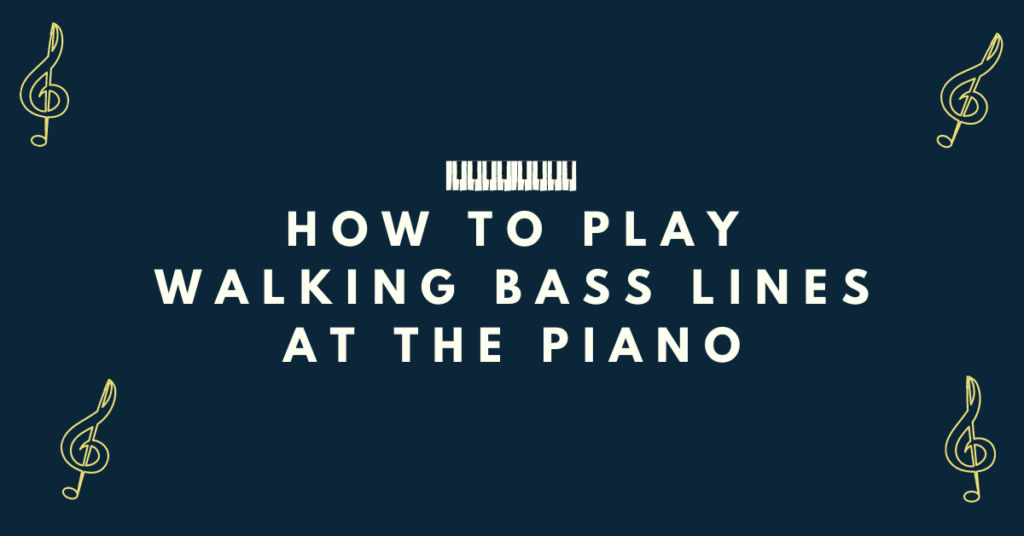Do you want a great jazz standard to add to your repertoire, one that almost every good “jazz standard player” knows AND that is equally at home being played as a ballad, mid-tempo, or up-tempo swing tune? Well, then, you’ll probably want to check out this lesson on the classic jazz standard, “The Days of Wine and Roses.”
When I was a college freshman, I remember being told by just about all of my teachers that I needed to learn (and memorize) as many tunes as possible. But I remember wondering, “yeah, but there are SO many tunes out there, which tunes should I start with? What are the ‘Top 10’ tunes that every jazz player has to know?” And then whoever I was having this conversation with would rattle off a whole bunch of tunes, many of which I had never heard of.
One of the things that I wanted to do when I started the “Playing Standards Like a Pro” series was make sure that I selected tunes that are “must-haves,” meaning if I’m going to teach lessons that offer some advanced pro concepts, I’m going to use some really well-known tunes that your audience will know, and that you will be able to use in most every jazz circle, as opposed to some obscure jazz tunes.
That’s why I started the series with “Blue Bossa” and am now adding “Days…Roses,” which, in my experience, is a tune that every jazz-standard player should know. Future installments in the series will follow this same general rule (for example, we have the classic “Body and Soul” upcoming, as well as a quintessential Duke Ellington tune that I just finished recording).
Also, going back to my college days, I remember feeling overwhelmed by the expectation that I have so many tunes memorized. “How are the good players able to memorize all that music? What are they doing that I’m not doing?” But the answer is actually quite simple. I remember realizing that the tunes I was able to play from memory were tunes that I had really focused on intensely at one point, and had been playing for years.
Nobody ever sits down and tries to stare at a piece of music until it is memorized. Memorization comes from playing the tune, breaking it down, practicing specific small sections, and thinking creatively about how to execute difficult passages. My solution, as an aspiring jazz pianist in college, was to investigate every nook and cranny of a tune, create an arrangement, and then tweak my arrangement with re-harmonizations, modulations, etc.
By the time I had done all of that I had not only memorized the tune, but fully internalized the tune, making it easier for me to solo over the changes and be spontaneously creative. I also had one hell of a solo piano version of the tune ready should I be called to play a cocktail party.
And this is another aspect of the “Playing Standards Like a Pro” series – the idea that we work through an advanced, in-depth arrangement of the tune, and ultimately (hopefully) end up memorizing it in the process, because of the detailed, diagnostic approach.
So what goodies are you going to find in this lesson? Well, I’ll discuss how to break this tune down so that you can start the memorization process right away. We’ll also discuss how to use a dominant-chromatic “walk-down,” quartal voicings, some bebop harmony, modulation, and a whole bunch of reharmonization. In the end, I want you to have a great arrangement that you can play in an advanced, solo-piano style.
But I also want to expose you to the world of music theory and explain that theory can be fun when it is also helpful and practical in your playing. I try to make sense of all of these theory concepts in order to demonstrate that (1) it really isn’t as difficult or confusing as it seems and (2) you can apply these concepts to all of the tunes you are playing, and in so doing, open more creative options for yourself as a musician and arranger.
Ready to check it out and add this essential standard, “The Days of Wine and Roses,” to your repertoire?
I’ll see you in the lesson!
See the sample chapter here:

